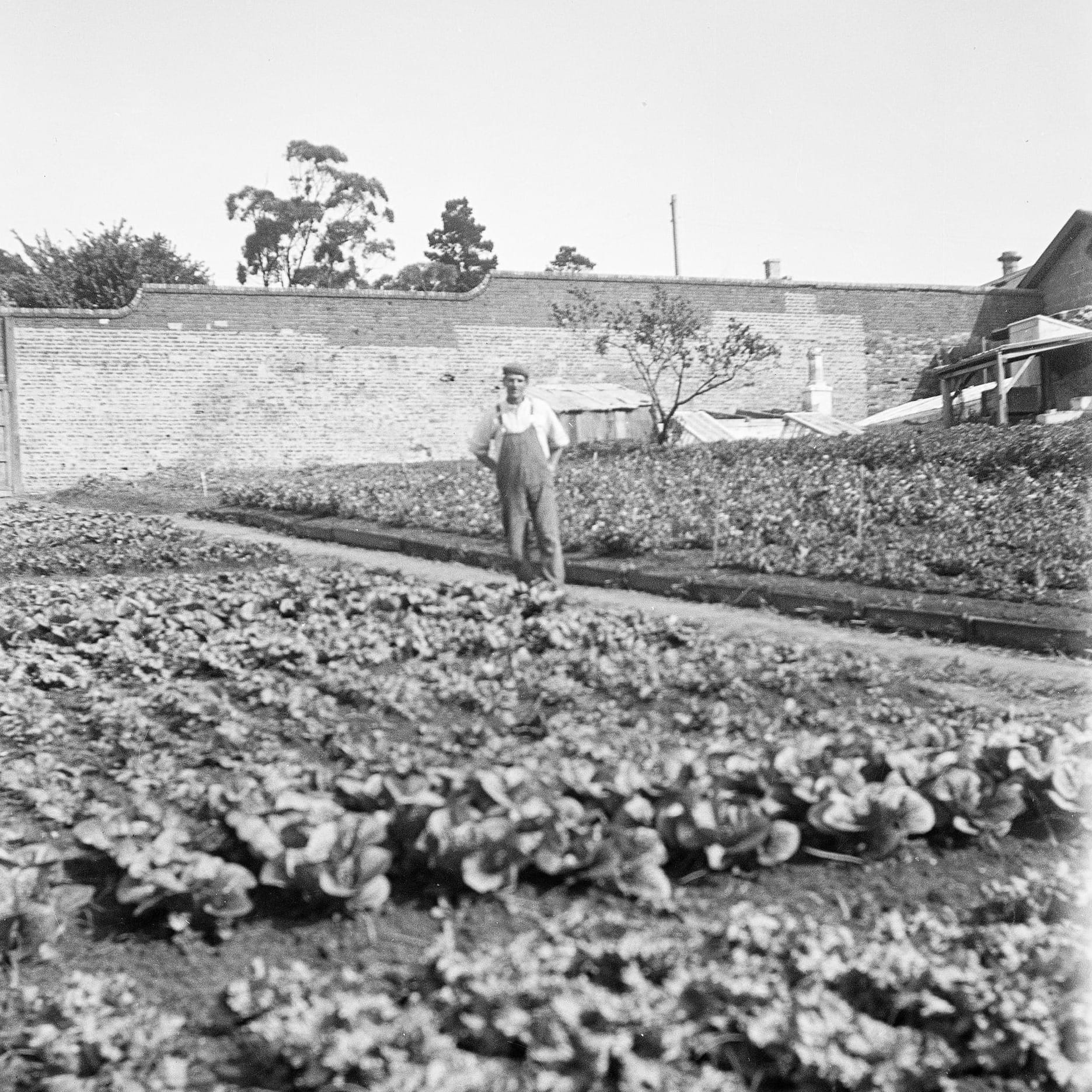
Galah columnist Gabrielle Chan unpacks Australia's food security challenge.
THE older I get, the more my diet revolves around the stuff that comes out of my backyard.
I could tell you there are all sorts of ethical reasons for this. That I’m a locavore, eschewing anything that isn’t grown close to me. Or I could quote emissions data that show transport and energy are two of the biggest emitters of carbon (and well above agriculture).
But while all would be worthy reasons, the truth is, I am lazy. I hate going to the supermarket.
I argue weekly with my husband that we could live for years off homegrown eggs, silverbeet, rocket, lamb, wheat and flour, winter broccoli with worms, summer tomatoes with grubs, and residual long-stored pantry items. I could actually qualify as a doomsday prepper. (Does everyone have five packets of savoiardi biscuits for Italian trifles never made?)
But, like a teenager, the Farmer just stares at the fridge and says, “What am I meant to eat here?”
I have even tried foraging. In spite of the terribly sad story of a fatal mushroom lunch earlier this year, I still pick ordinary field mushrooms, which we’ve been eating for years. I’ve made salad with purslane (Portulaca oleracea), that fleshy red and green summer weed that grows through the cracks in the pavers. The world has yet to recognise this next big superfood, which is high in omega-3 fatty acids, vitamin C and vitamin A, among others.